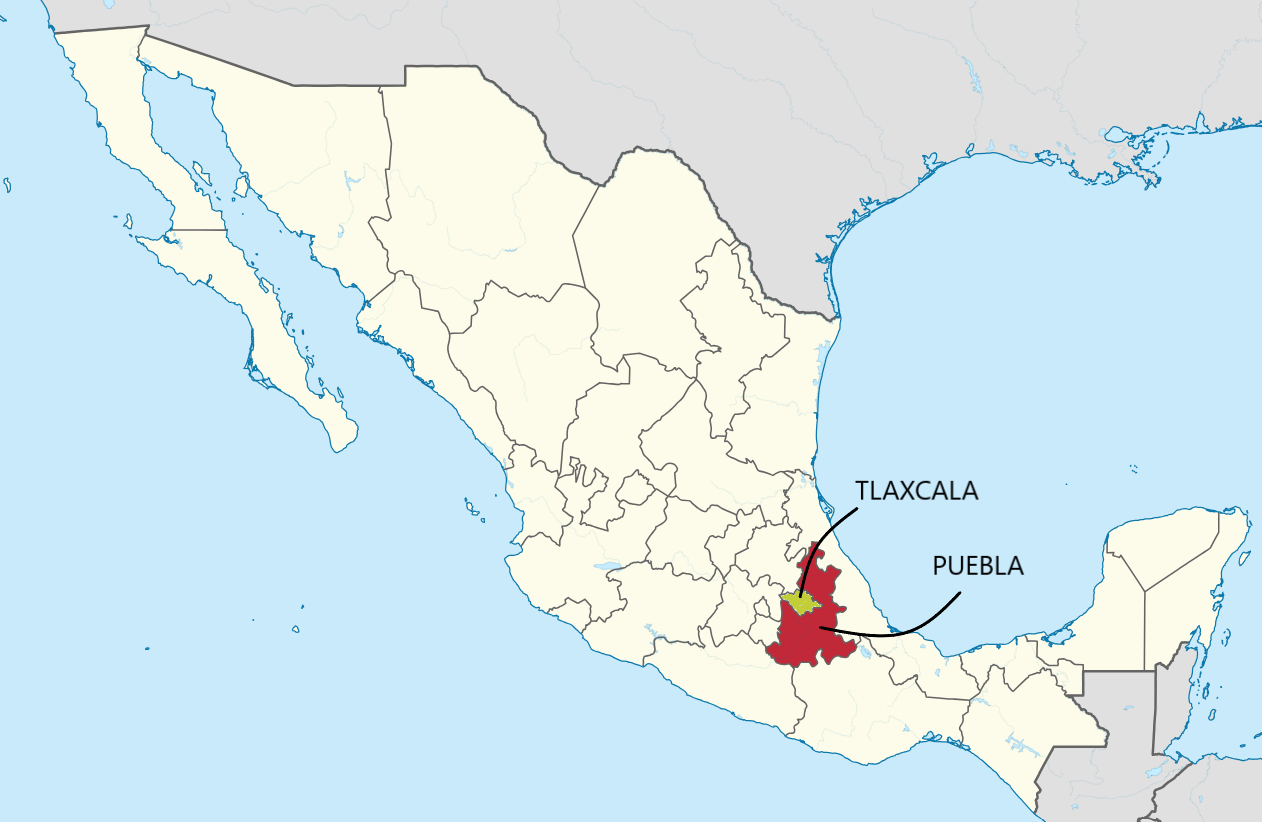
Audio guide:
The Codex Cospi, created between the late 15th and early 16th centuries in the eastern Nahua regions of Puebla-Tlaxcala (Mexico), is a ritual manuscript of the type known in Nahuatl - the language of the Nahua or Aztecs - as tonalamatl, literally "paper (or book) of destinies. It was used by a ritual specialist called tonalpouhque ("he who counts destinies") to divine future events and the fate of people, which was determined by both calendrical and astronomical factors. The Nahuatl term that we translate as fate or destiny is tonalli, which is based on tona, which refers to the irradiation of the Sun.

As one of fewer than fifteen surviving pre-Hispanic manuscripts, the Codex Cospi is a source of inestimable value for studying Mesoamerican indigenous culture. Below is a video on the Cospi Codex preserved in the Biblioteca Universitaria di Bologna, displayed on the occasion of the temporary exhibition The Other Renaissance. Ulisse Aldrovandi and the Wonders of the World, held at Palazzo Poggi between December 2022 and May 2023. The video is in Italian, but you can generate reliable English subtitles by going to settings.